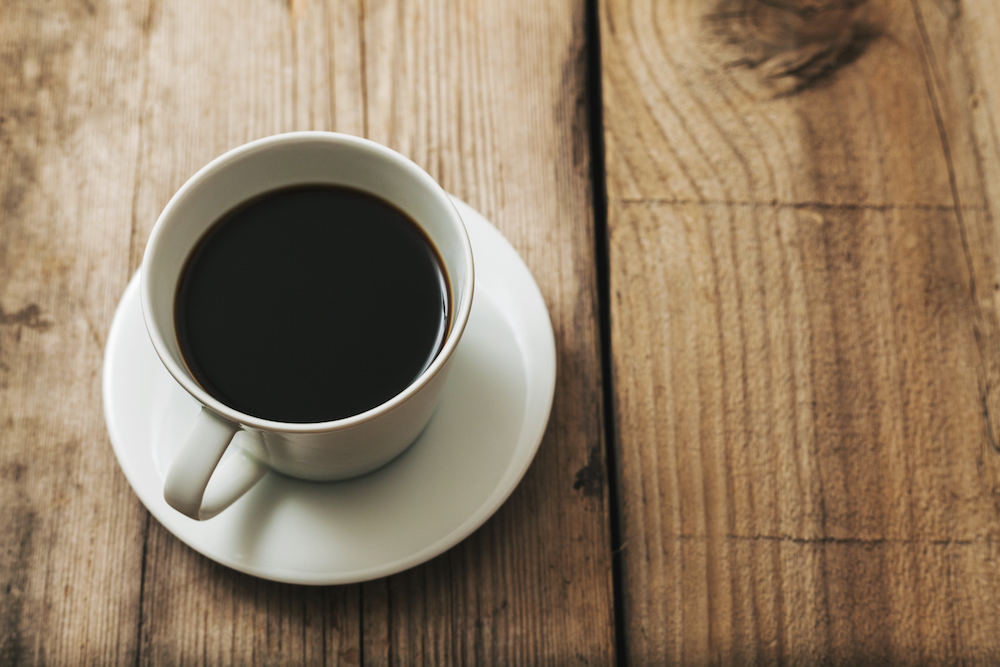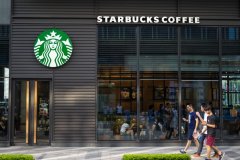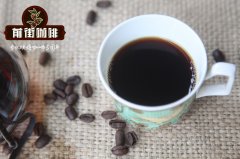Focusing on the business opportunities for foreign tourists, Japanese companies are actively laying out the decaf coffee market.

Professional coffee knowledge exchange more coffee bean information please follow the coffee workshop (Wechat official account cafe_style)
Japan's coffee consumption has been rising. Japan's total coffee bean imports are 5% higher than five years ago, but even if decaf bean imports have doubled in the past five years, they still account for less than 1% of the overall coffee import market. With the increasing demand for decaffeinated drinks by Japanese and growing foreign tourists, Japanese manufacturers see opportunities in the decaffeinated market and begin to sprint for decaf products.
Japan's decaffeinated coffee drinkers are mainly pregnant women, who are worried about the impact of caffeine on their fetuses, the Nikkei News (Nikkei Asian Review) reported. Now the coffee industry is targeting people with low caffeine needs, such as the elderly and young people who usually drink only black or green tea, as well as a big increase in the number of foreign tourists and night customers as the 2020 Tokyo Olympic Games approaches. Starbucks in Japan, for example, began selling low-caffeine products in 2017, mainly for night customers.
Japan's decaffeinated market never really took off. The total amount of low-caffeinated beans imported in 2000 was 594 tons, and it only slowly increased to 3023 tons in 2016, but the growth suddenly accelerated in 2015, which prompted producers of low-caffeinated coffee to expand their product lines, and retailers also began to increase the selling space of low-caffeinated beans. It is hoped to increase the import of decaf beans from 1% of total coffee imports to the same 5% as in the United States and Europe.
Generally speaking, there are several main methods to remove caffeine, such as dichloromethane solvent extraction, carbon dioxide extraction, Swiss water treatment and so on. It is difficult for consumers to figure out how decaffeinated coffee is produced, and there are no specific labelling rules that require companies to disclose this information. But some brands will use decaffeinated sources as part of their advertisements, such as Blue bottle, which advertises that the low-caffeinated products sold are treated with Swiss water.
Some very large coffee manufacturers have their own decaf bean manufacturing plants, but others sign contracts directly with companies that handle decaf beans or with importers. According to the report, one of the obstacles to producing decaffeinated coffee in Japan is the relatively high cost of production, because Japan cannot find agents to produce low-caffeinated beans like European and American companies. Japanese coffee bean manufacturers must produce their own. They must soak beans in water and then expose them to pressurized carbon dioxide, making Japanese low-caffeinated beans 50% more expensive than regular coffee beans.
But now, with the support of the Japanese Olympic Games, foreign tourists are expected to increase demand for decaf coffee, so instant coffee brands BLENDY, KEY COFFEE and UCC, produced by food manufacturer Weizhi, have all launched decaf products.
END
Important Notice :
前街咖啡 FrontStreet Coffee has moved to new addredd:
FrontStreet Coffee Address: 315,Donghua East Road,GuangZhou
Tel:020 38364473
- Prev

Starbucks responds to lipstick: China market does not give away
Professional coffee knowledge exchange More coffee bean information Please pay attention to coffee workshop (Weixin Official Accounts cafe_style) Recently, it has been reported that in order to celebrate the return of the classic S'mores star ice music, will send several lucky fans brand-specific S'mores Sip Kit star ice music lip gloss series. In response to this, Starbucks related responsible person said Beijing Business Daily reporter, the activity is
- Next

Pu'er City comprehensively enhance the competitiveness of coffee, what are the advantages of Yunnan coffee? What are the disadvantages?
Professional coffee knowledge exchange more coffee bean information please follow coffee workshop (Wechat official account cafe_style) in recent years, Pu'er City, relying on the advantages of coffee industry origin and location resources, with Yunnan International Coffee Trading Center as the engine, has gradually established a security mechanism and service mechanism to promote the healthy development of coffee industry, promote the diversified development of coffee trading, and promote Pu'er coffee.
Related
- What documents do you need to go through to open a coffee shop? coffee shop coffee shop certificate processing process
- How to purchase Coffee beans in small Cafe how to choose a suitable supplier for domestic Coffee supply Company
- How to drink Starbucks Fragrance White Coffee? how to make Australian White Coffee? what Italian coffee beans are recommended?
- The Story of Flora Coffee: the name of Flora Coffee Bean and the implication of the Flowers on Florna Coffee
- How much does a cup of coffee cost? How much is the profit of a cup of coffee? What is the profit of the coffee shop in a year?
- Yunnan small Coffee, known as "fragrant Coffee", introduces the characteristics of Alpine Arabica Coffee producing areas in Yunnan, China
- 2023 latest Starbucks full menu price list how much is a cup of Starbucks coffee what is better to drink the most popular hot and cold drinks recommended
- Starbucks different kinds of Coffee Price list Starbucks menu 2023 Top Ten Best drinks in Starbucks
- Starbucks Spring praise Comprehensive matching Coffee Bean theme Story Packaging implication and taste description
- The cost of a cup of coffee latte American coffee cost price and selling price

